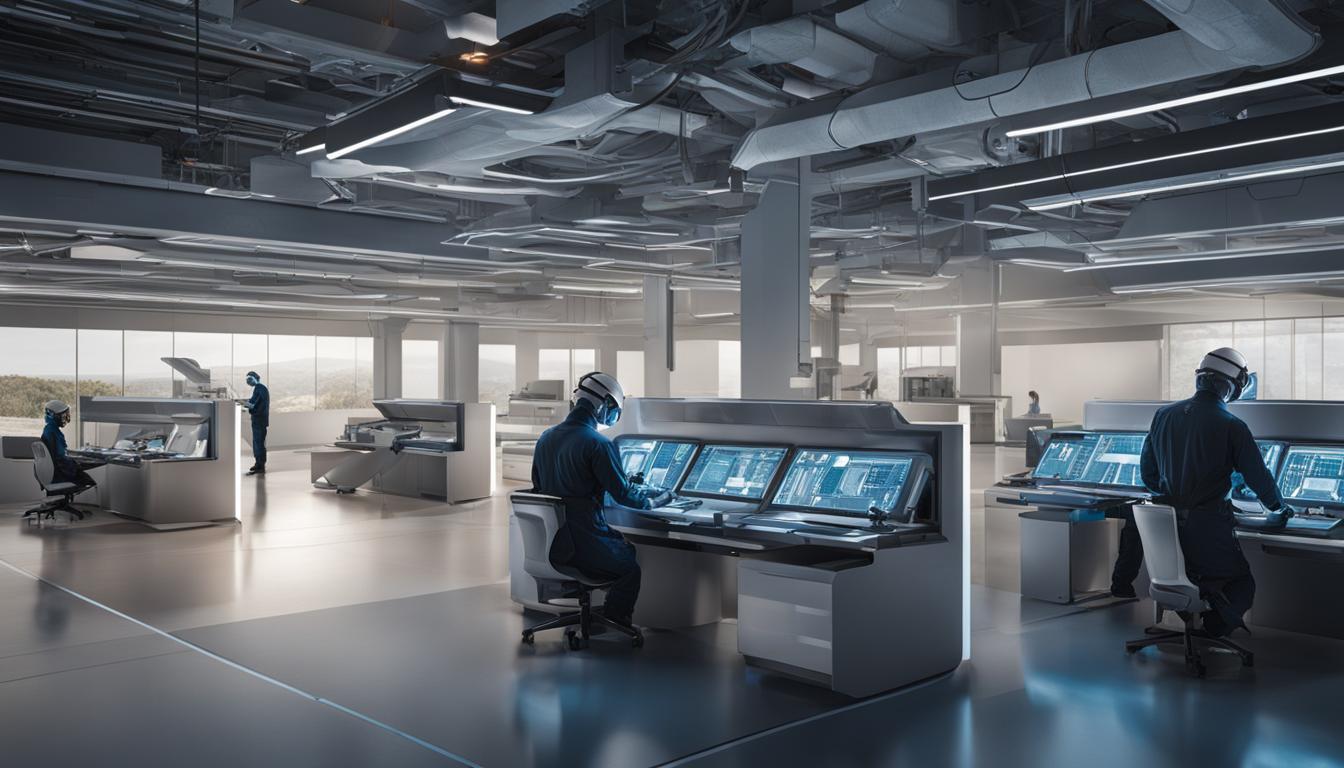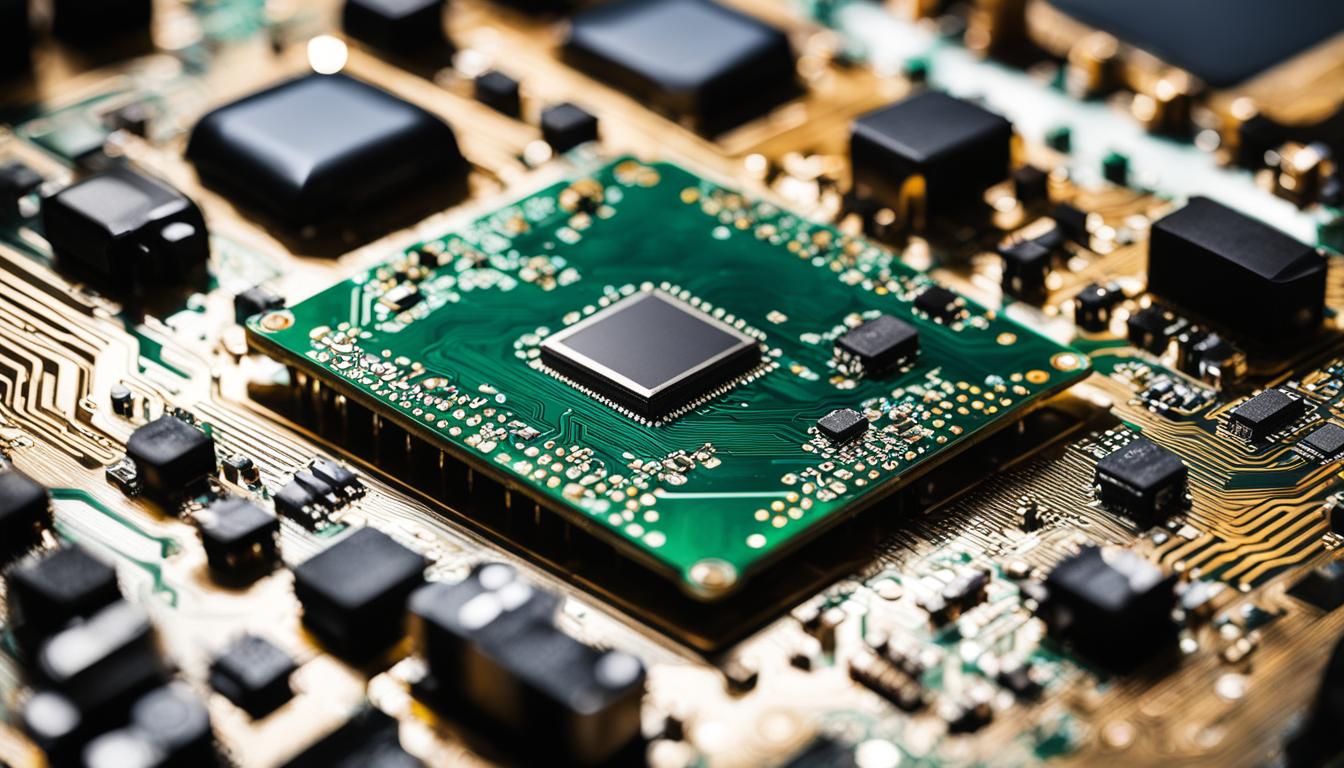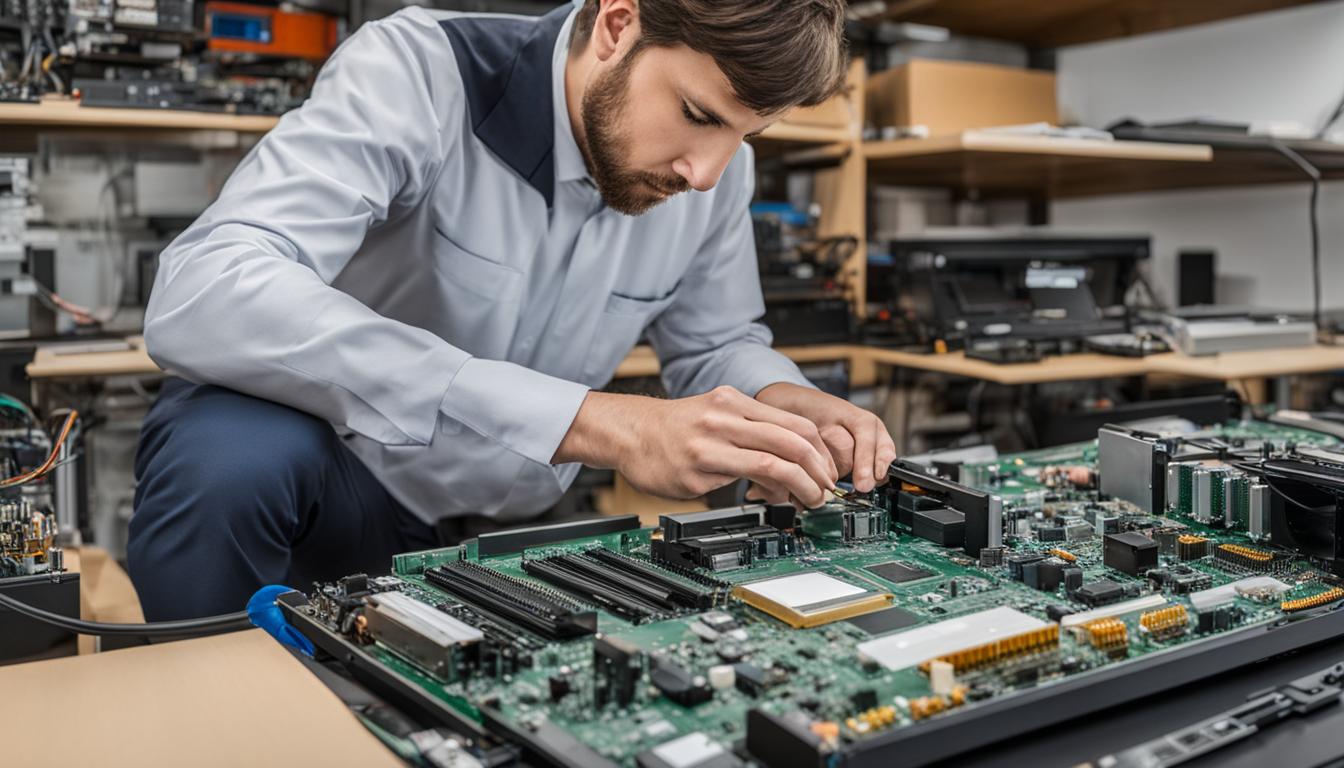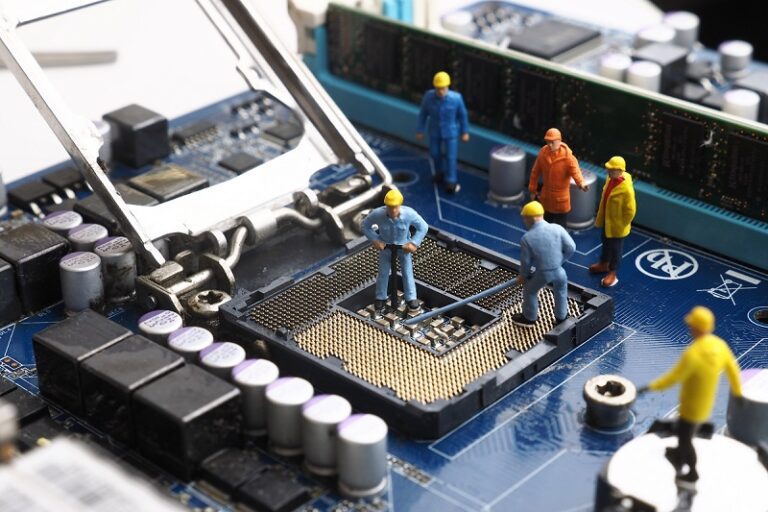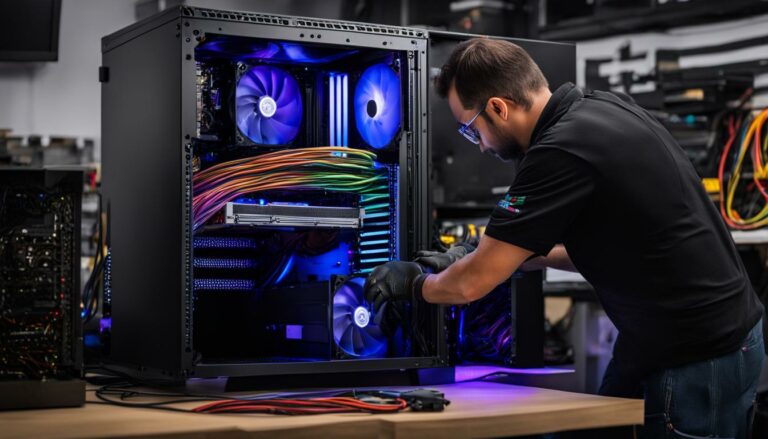Challenges and Considerations in Servicing Legacy Computer Systems
Legacy computer systems servicing can pose significant challenges and considerations for businesses. These outdated systems, while still playing a vital role in workflow processes, require specialized attention and expertise in computer servicing, maintenance, repairs, and IT support.
One of the main challenges businesses face is the cost associated with maintaining these legacy systems. Updates may be sporadic or discontinued, making it difficult to keep the systems up to date. Furthermore, legacy hardware may struggle to meet the demands of modern solutions, hindering productivity and efficiency.
Integrating legacy systems with newer technologies can also be a hassle, as compatibility issues may arise. This can lead to difficulties in implementing innovative solutions and impede the organization’s ability to stay competitive.
Security is another concern when dealing with legacy systems. Outdated systems are more susceptible to cyberattacks, potentially compromising sensitive data and leaving the organization at risk.
Lastly, relying solely on legacy systems can hinder a company’s ability to modernize and improve. By not embracing newer technologies, businesses may fall behind their competitors and struggle to meet the demands of the market.
In conclusion, while legacy computer systems servicing presents challenges, it is essential for businesses to address these considerations and explore opportunities for system upgrades and modernization. By doing so, organizations can overcome the obstacles, enhance security, improve performance, and stay competitive in today’s fast-paced digital landscape.
Why Upgrade Legacy Systems in Business
Upgrading legacy systems in business offers several advantages. Modernizing these systems can provide a competitive advantage by making a company more capable, agile, and giving them an upper hand over competitors. Upgrading the user interface can improve employee satisfaction and performance. Legacy systems may lack the functionality to efficiently handle modern data and applications, and upgrading can lead to increased productivity. Additionally, upgrading legacy systems allows businesses to make use of big data, eliminate data silos, and make more informed decisions. Upgrading also enhances security and performance, as newer solutions offer stronger security capabilities and modern cloud services provide better data protection.
One of the key benefits of upgrading legacy systems is improved functionality and compatibility. Legacy systems often struggle with integrating with newer technologies, resulting in inefficiencies and compatibility issues. By upgrading, businesses can ensure compatibility with the latest software and hardware, enabling seamless integration with other business applications and systems. This, in turn, leads to better efficiency and productivity within the organization.
Furthermore, upgrading legacy systems can address security vulnerabilities. Outdated systems are more susceptible to cyberattacks due to their lack of modern security features. By upgrading to newer systems, businesses can take advantage of advanced security protocols and encryption methods, protecting sensitive data and minimizing the risk of breaches. This is particularly crucial in today’s digital landscape, where cyber threats are becoming increasingly sophisticated.
In conclusion, upgrading legacy systems in business is essential for staying competitive, improving efficiency, and enhancing security. By modernizing these systems, companies can optimize their operations, leverage data-driven insights, and ensure compatibility with new technologies. While the process may pose challenges, the benefits outweigh the initial investment, making it a worthwhile endeavor for businesses looking to thrive in the digital age.
Challenges of Upgrading Legacy Systems
Upgrading legacy systems is a complex process that comes with its fair share of challenges. Businesses must navigate these obstacles to ensure a successful transition to a more modern system. Here are some of the key challenges that organizations may encounter:
- Lack of immediate results: Upgrading a legacy system is not an overnight process. It requires careful planning, testing, and implementation. Organizations must be prepared for a longer timeline and exercise patience throughout the upgrade process.
- Cost considerations: Digital transformation efforts can be costly, especially when it comes to replacing an entire legacy system. Businesses need to allocate sufficient budget for hardware upgrades, software licenses, and training to minimize financial strain.
- User resistance to change: Employees often develop routines and become comfortable with legacy systems. Introducing a new system may meet with resistance, as users may be unfamiliar with the new interface and workflows. Change management strategies and comprehensive training programs can help mitigate this challenge.
- Choosing the right strategy: There is no one-size-fits-all approach to upgrading legacy systems. Each organization has unique requirements and objectives. Selecting the right upgrade strategy, whether it’s a complete system overhaul or gradual updates, is crucial to ensure compatibility and maximize benefits.
- Workflow disruptions: Upgrading a legacy system can potentially disrupt existing workflows. Organizations need to carefully plan the migration process, considering potential downtime and how to minimize disruptions to daily operations.
- Skills and expertise: Finding skilled personnel who can effectively troubleshoot and maintain the upgraded system can be challenging. Organizations may need to invest in training or consider outsourcing IT support to address this issue.
Overcoming these challenges requires careful planning, collaboration, and a comprehensive understanding of the organization’s unique needs. By addressing these obstacles head-on, organizations can successfully navigate the process of upgrading legacy systems and unlock the benefits of a modern IT infrastructure.
| Challenges | Considerations |
|---|---|
| Lack of immediate results | Patience and long-term planning |
| Cost considerations | Allocating sufficient budget |
| User resistance to change | Change management and training programs |
| Choosing the right strategy | Customizing upgrade approach |
| Workflow disruptions | Minimizing downtime and planning |
| Skills and expertise | Investing in training or outsourcing support |
Best Practices for Upgrading a Legacy System
When it comes to upgrading a legacy system, it is important to follow best practices to ensure a smooth and successful transition. Here are some key steps to consider:
1. Assess Your Legacy System
Before embarking on an upgrade, it is crucial to thoroughly assess your legacy system and identify its strengths and weaknesses. This includes evaluating the hardware and software components, understanding any compatibility issues, and assessing the impact on existing workflows. Conducting a comprehensive hardware diagnostics and software audit will provide valuable insights into areas that require improvement.
2. Plan and Strategize
Proper planning is essential to ensure the success of a legacy system upgrade. Develop a detailed roadmap that outlines the goals, milestones, and timelines for the upgrade project. Consider factors such as budget, resource allocation, and potential risks. Additionally, define a clear strategy for the upgrade, whether it involves a phased approach or a complete system overhaul, based on the specific needs and requirements of your organization.
3. Choose the Right Solution
When selecting a solution for upgrading your legacy system, consider factors such as scalability, flexibility, and future-proofing. Look for a solution that aligns with your organization’s long-term goals and can seamlessly integrate with other systems and technologies. Consider collaborating with experienced IT professionals or consulting with system integrators to ensure you choose the right solution that meets your specific business needs.
4. Train and Educate Your Team
One of the critical aspects of a successful legacy system upgrade is ensuring that your team is trained and educated on the new system. Provide comprehensive training sessions to familiarize employees with the upgraded system’s features, functionalities, and any changes in workflows. This will help mitigate resistance to change and promote user acceptance, ultimately maximizing the benefits of the upgrade.
By following these best practices, organizations can navigate the complexities of upgrading legacy systems and unlock the full potential of modern technology. Upgrading legacy systems not only improves performance and efficiency but also enables organizations to stay competitive in today’s rapidly evolving business landscape.
| Benefits of Best Practices | Challenges Addressed |
|---|---|
| Smooth and successful transition | User resistance to change |
| Improved system performance and efficiency | Compatibility issues |
| Enhanced integration with other systems | Workflow disruptions |
| Future-proofing and scalability | Resource allocation and budget constraints |
Challenges of Legacy System Modernization
Legacy system modernization can present several challenges that organizations need to navigate. These challenges include:
- User acceptance: One of the common hurdles in modernizing legacy systems is user acceptance. Employees may be resistant to change and reluctant to integrate a new system into their daily routines.
- Integration complexities: Seamless integration of new applications and technologies with existing legacy infrastructure can be difficult. Careful planning is required to ensure a smooth transition and minimize disruptions to business operations.
- Data migration issues: When transitioning to a new system, data loss can occur during the conversion process. It is crucial to have a robust data migration strategy in place to minimize the risk of significant data loss.
- Workflow challenges: Redesigning and re-engineering a legacy system can lead to workflow issues if users find it difficult to understand and use the new system. Proper training and user support are essential to address these challenges effectively.
- Cost considerations: Legacy system modernization often involves significant financial investment. Organizations need to carefully evaluate the costs associated with replacing an entire system and weigh them against the potential benefits.
- Strategy selection: Choosing the right modernization strategy can be challenging as there is no one-size-fits-all approach. Organizations should consider their unique requirements and goals when selecting a strategy.
- Cloud provider selection: Identifying a reliable cloud provider can also be a challenge. Organizations need to thoroughly evaluate potential providers and ensure they can meet their specific needs.
Despite these challenges, modernizing legacy systems can provide organizations with numerous benefits, including improved efficiency, enhanced security, and increased competitiveness. With careful planning and implementation, organizations can overcome these challenges and successfully upgrade their legacy systems.
Table: Challenges of Legacy System Modernization
| Challenges | Description |
|---|---|
| User acceptance | Resistance to change and reluctance to integrate a new system into daily routines |
| Integration complexities | Difficulties in seamlessly integrating new applications and technologies with existing legacy infrastructure |
| Data migration issues | Potential loss of data during the transition to a new system |
| Workflow challenges | Difficulties in understanding and using the redesigned and re-engineered system |
| Cost considerations | The financial investment required for legacy system modernization |
| Strategy selection | Choosing the most suitable modernization strategy for the organization |
| Cloud provider selection | Finding a reliable cloud provider that meets the organization’s needs |
Conclusion
Legacy computer systems can pose challenges for businesses, but upgrading and modernising these systems offers numerous advantages. However, there are also challenges to consider, such as cost, user acceptance, and data migration. By following best practices and carefully planning the modernisation process, organisations can overcome these challenges and successfully upgrade their legacy systems. Upgrading legacy systems is crucial for staying competitive, improving efficiency, and enhancing security. With proper planning and implementation, businesses can navigate the complexities of legacy computer systems servicing and reap the benefits of a modernised IT infrastructure.
FAQ
What are the challenges and considerations in servicing legacy computer systems?
Legacy computer systems can be difficult to manage and maintain due to outdated software and hardware. Updates may be sporadic or discontinued, posing challenges for businesses. Compatibility issues may arise when integrating legacy systems with newer technologies, and security vulnerabilities are a concern due to outdated systems being more susceptible to cyberattacks.
Why should businesses upgrade their legacy systems?
Upgrading legacy systems offers several advantages, including improved competitiveness, increased productivity, enhanced security, and the ability to make more informed decisions using big data. Upgrading the user interface can also improve employee satisfaction and performance.
What challenges are involved in upgrading legacy systems?
Upgrading legacy systems requires time, patience, and careful planning. The cost of digital transformation can be high, and change management is crucial to overcome employee resistance to change. Choosing the right strategy for upgrading and finding skilled personnel for maintenance can also pose challenges.
What are the best practices for upgrading a legacy system?
It is important to focus on aspects of the organization that can provide the most benefit and improve productivity and efficiency. Having a strategy in place, training employees on the new system, and planning for future upgrades are essential. Allocating a budget for modernization efforts is also important.
What are the challenges of legacy system modernization?
User acceptance, seamless integration with existing infrastructure, data loss during conversion, workflow issues, and the cost of replacing the entire system are common challenges in legacy system modernization. Choosing the right strategy and identifying a reliable cloud provider can also be challenging.

